Understanding Workplace Hazards
Workplaces present various hazards that can potentially harm the eyes. These hazards include flying particles, chemical splashes, intense light, and harmful radiation. Industries such as construction, manufacturing, healthcare, and laboratories are particularly prone to eye-related injuries. It is essential to identify the specific hazards present in your work environment to choose the appropriate eye protection.
The Importance of Eye Protection
Our eyes are delicate organs that can sustain irreversible damage if exposed to workplace hazards. Eye injuries can result in vision impairment, temporary or permanent blindness, and even loss of an eye. Safety glasses act as a shield, protecting the eyes from potential harm and reducing the risk of such injuries. Investing in eye protection is a proactive measure to ensure the long-term well-being of employees.
How Safety Glasses Enhance Vision Clarity
Safety glasses are designed to optimize vision clarity while providing protection. They feature impact-resistant lenses that prevent flying particles or objects from reaching the eyes. The lenses are typically made from polycarbonate, a durable material known for its high optical quality. Safety glasses can also incorporate specialized coatings, such as anti-fog and anti-scratch, to further enhance visual acuity in challenging work conditions.
Types of Safety Glasses
Safety glasses come in a variety of designs to accommodate different work environments and hazards. Some common types include:
- Standard Safety Glasses: These glasses provide basic eye protection against flying debris, particles, and moderate impact.
- Safety Goggles: Goggles create a seal around the eyes, offering protection from chemical splashes, dust, and other irritants.
- Prescription Safety Glasses: Ideal for individuals requiring vision correction, these glasses combine the benefits of safety eyewear with customized prescription lenses.
- Welding Safety Glasses: Specifically designed for welders, these glasses protect against intense light, sparks, and harmful radiation emitted during welding operations.
- Face Shields: Face shields offer comprehensive protection for the face, including the eyes, against impact, splashes, and airborne particles.
Choosing the Right Safety Glasses for Your Needs
Selecting the appropriate safety glasses involves considering several factors:
- Hazard Assessment: Identify the specific hazards present in your workplace and select safety glasses that provide adequate protection against them.
- Fit and Comfort: Safety glasses should fit securely without causing discomfort, ensuring they can be worn for extended periods.
- Lens Properties: Consider factors such as lens thickness, coatings (anti-fog, anti-scratch), and optical clarity to optimize visual performance.
- Compatibility: If you wear prescription glasses, choose safety glasses that can be worn over them or opt for prescription safety glasses.
- ANSI Z87.1 Certification: Look for safety glasses that meet the American National Standards Institute (ANSI) Z87.1 standard for impact resistance.
Maintaining and Caring for Safety Glasses
To ensure the longevity and effectiveness of safety glasses, proper maintenance is essential:
- Regular Cleaning: Clean safety glasses using mild soap and water, or specialized lens cleaning solutions, to remove dirt, smudges, and debris.
- Storage: Store safety glasses in a protective case or pouch to prevent scratches and damage when not in use.
- Replacement: Replace safety glasses if they become damaged, scratched, or no longer provide sufficient protection.
Additional Measures for Eye Safety
While safety glasses offer critical eye protection, it is important to adopt additional measures for comprehensive eye safety:
- Use Other PPE: Combine safety glasses with other necessary PPE, such as helmets, face shields, and gloves, to ensure overall safety in high-risk environments.
- Regular Eye Exams: Schedule regular eye examinations to detect and address any vision issues promptly.
- Training and Awareness: Educate employees about eye safety practices, potential hazards, and the proper use of safety glasses to foster a culture of eye protection.
The Role of Employers in Eye Protection
Employers play a vital role in promoting and ensuring eye safety in the workplace. They should:
- Conduct Hazard Assessments: Identify workplace hazards and implement measures, including the provision of suitable safety glasses, to mitigate risks.
- Provide Training: Educate employees on eye safety protocols, the proper use of safety glasses, and the importance of eye protection.
- Maintain PPE Inventory: Regularly assess and replenish safety glasses and other PPE to ensure their availability when needed.
- Encourage Compliance: Foster a safety-conscious culture where employees understand and comply with eye protection guidelines.
Common Misconceptions about Safety Glasses
Despite their importance, there are several misconceptions surrounding safety glasses. Let’s address a few of them:
- “Safety Glasses Are Uncomfortable”: Safety glasses are available in various ergonomic designs, ensuring comfort during extended use.
- “Safety Glasses Impair Vision”: On the contrary, safety glasses with high optical quality lenses can enhance vision clarity, allowing for better focus and reduced eye strain.
- “Safety Glasses Are Bulky”: Advances in technology have led to lightweight safety glasses that provide adequate protection without compromising comfort or style. At PAULVIC SAFETY we have several Safety glasses that suit your individual work needs.
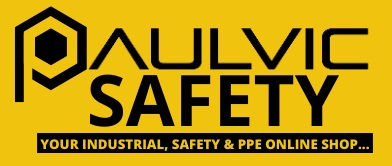
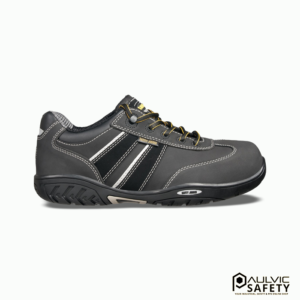
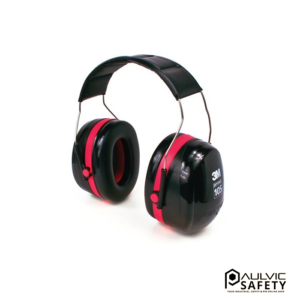
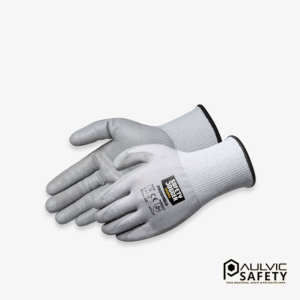
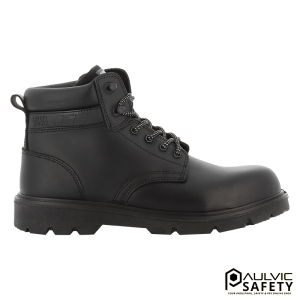
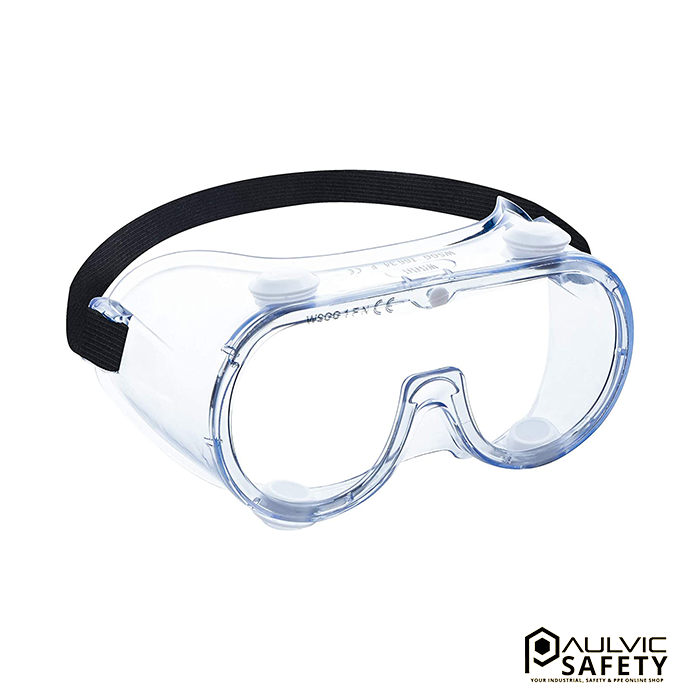
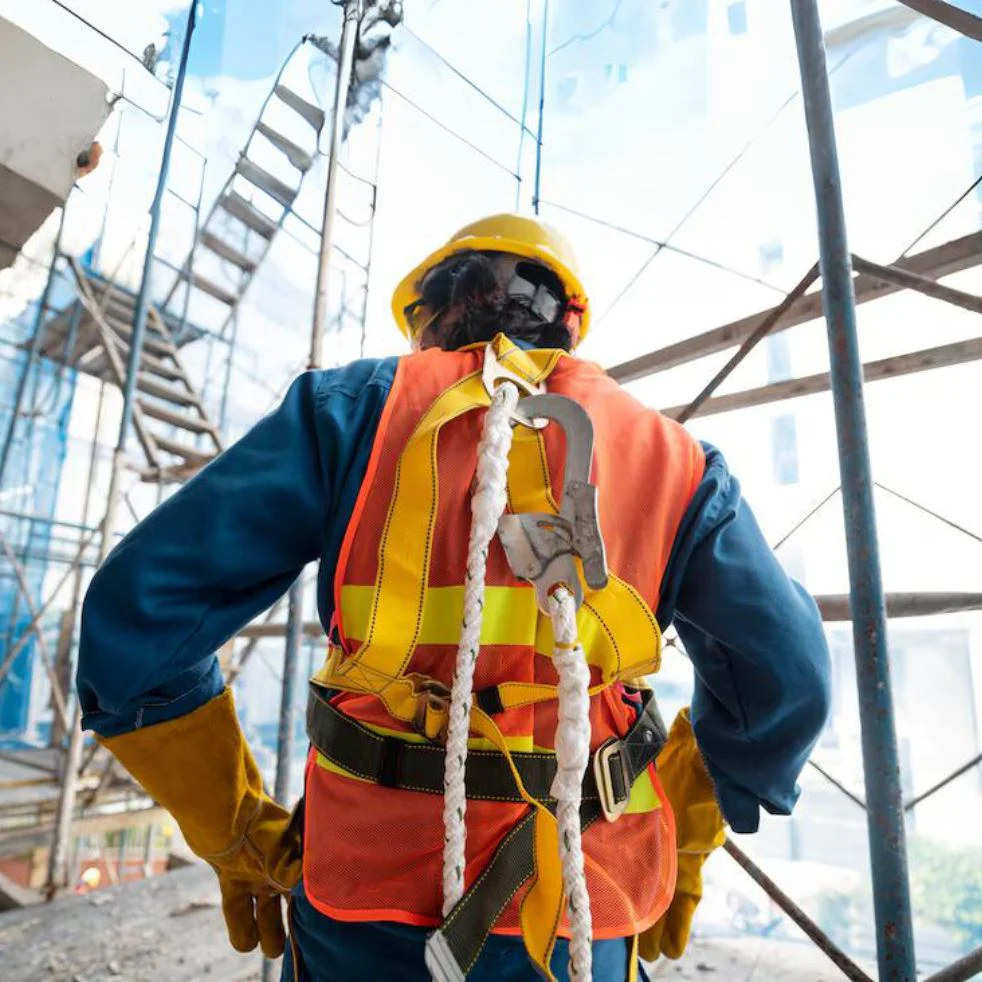
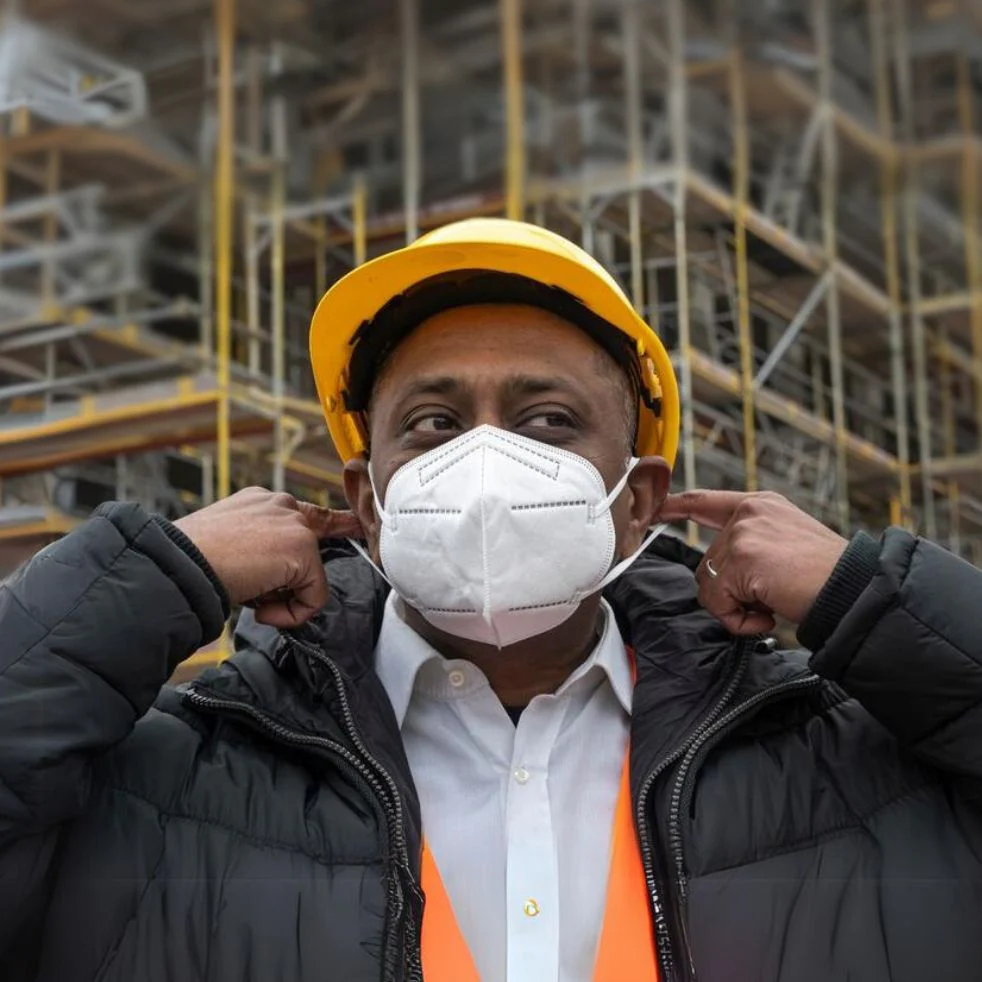
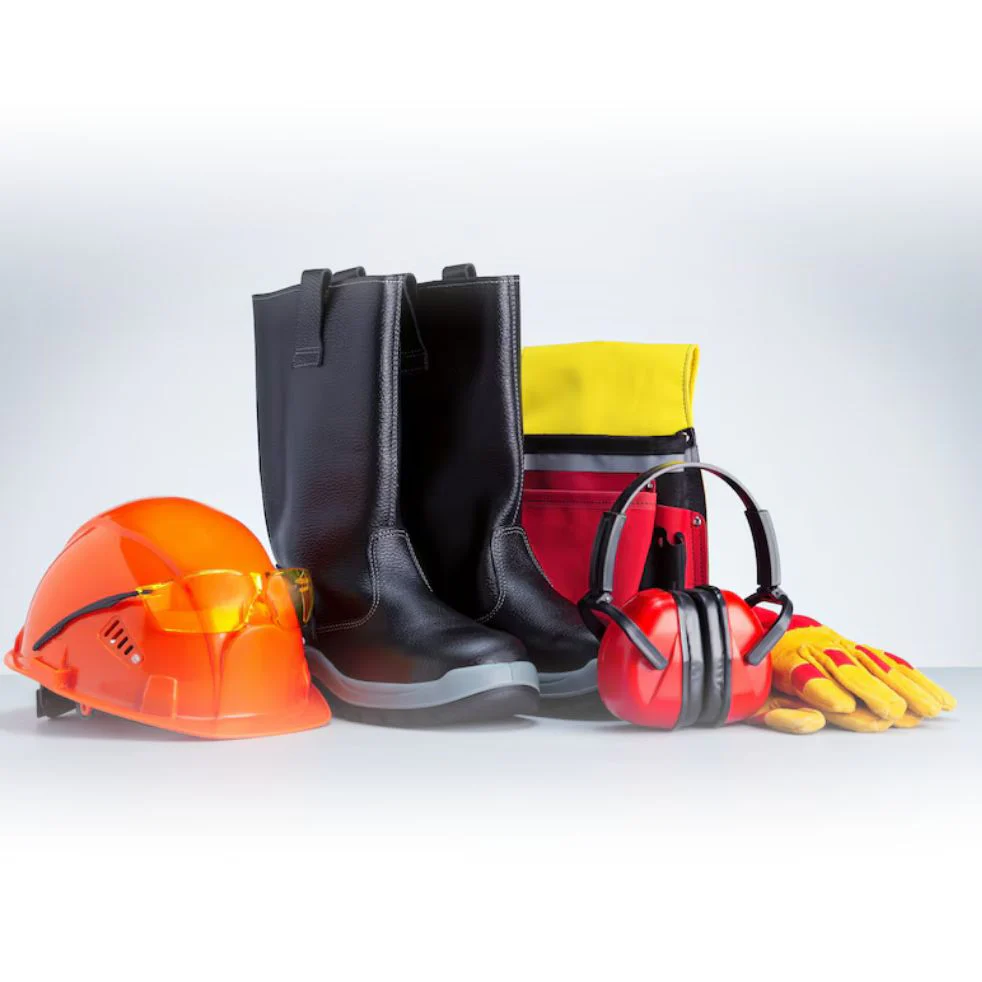
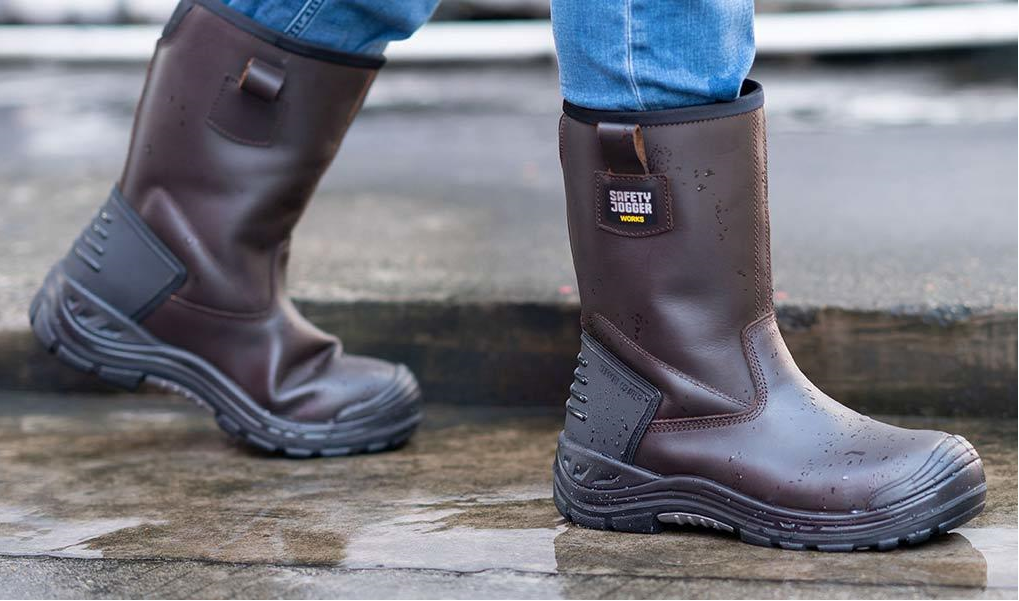
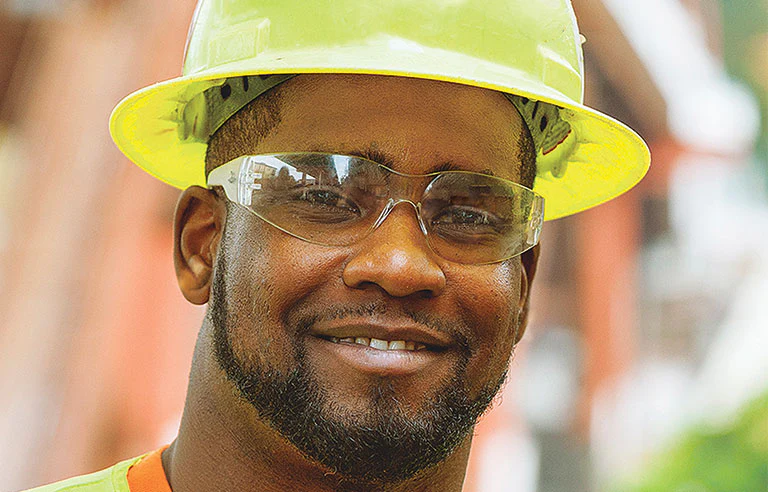
Leave a comment